Shari Rutz and her granddaughter take a maiden voyage on the Ompompanoosuc River near Norwich, Vermont. The second strake goes on with the aid of dozens of fixed plywood clamps and wedges.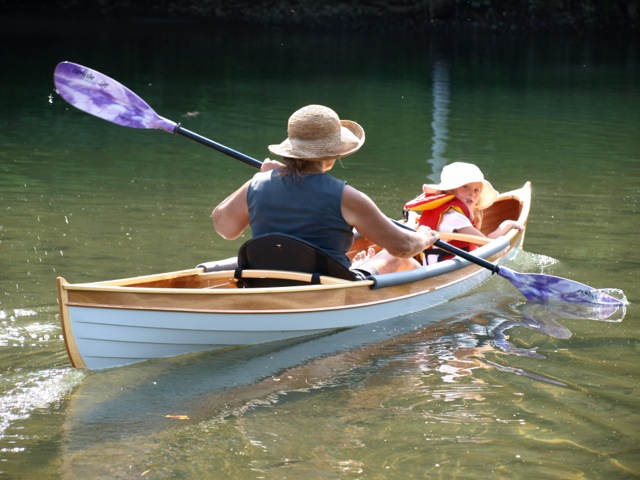 Lorenz Rutz
Lorenz Rutz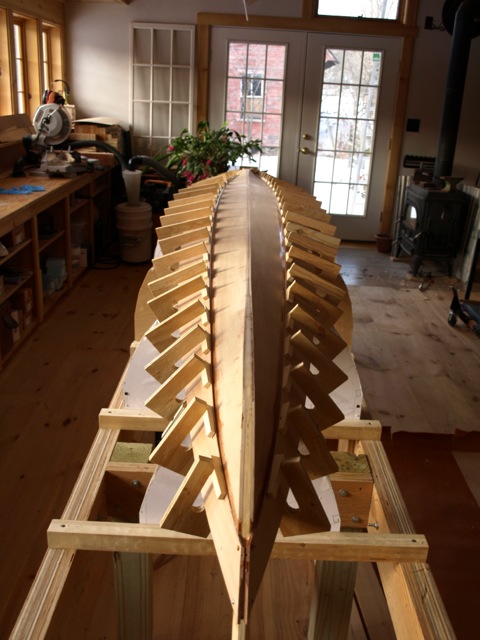 Lorenz Rutz
Lorenz Rutz
Join The Conversation
We welcome your comments about this article. If you’d like to include a photo or a video with your comment, please email the file or link.
Comments (4)
Comments are closed.
Stay On Course

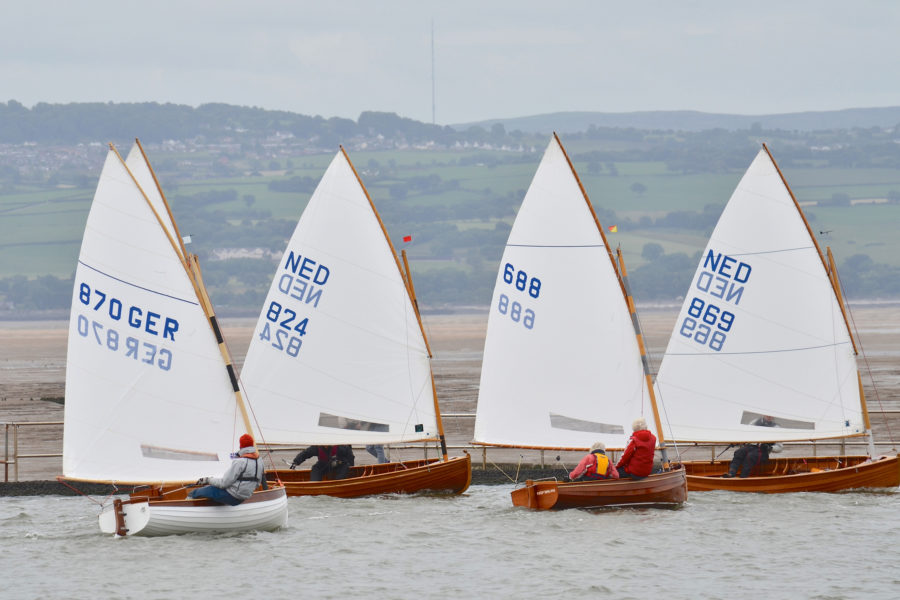
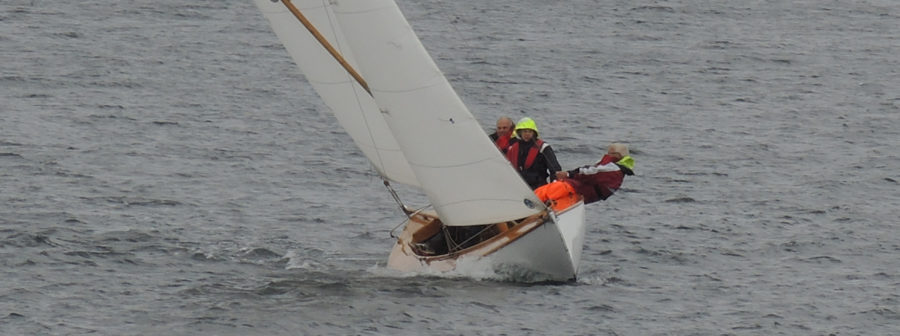
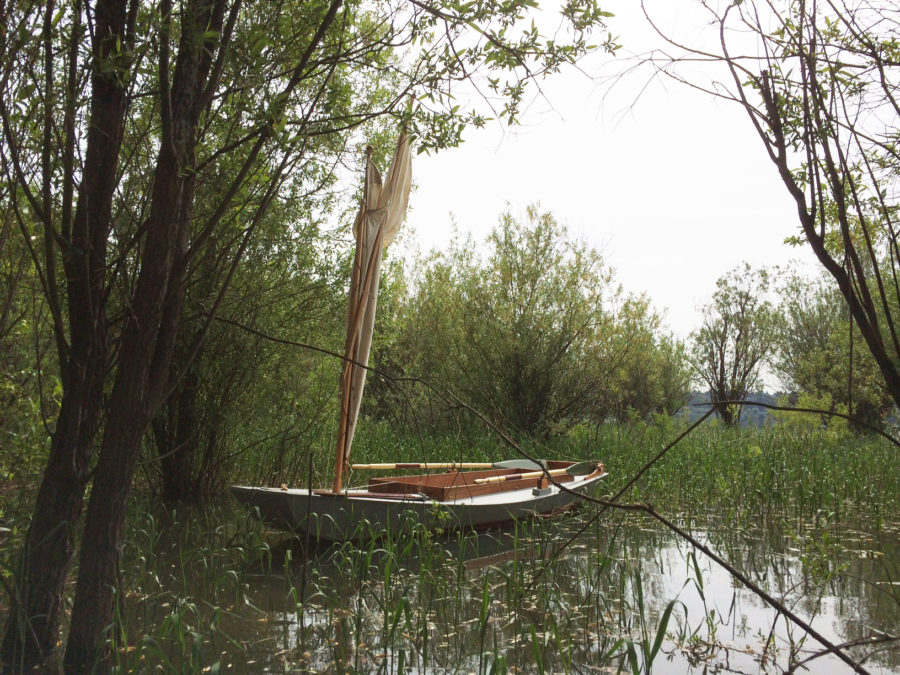
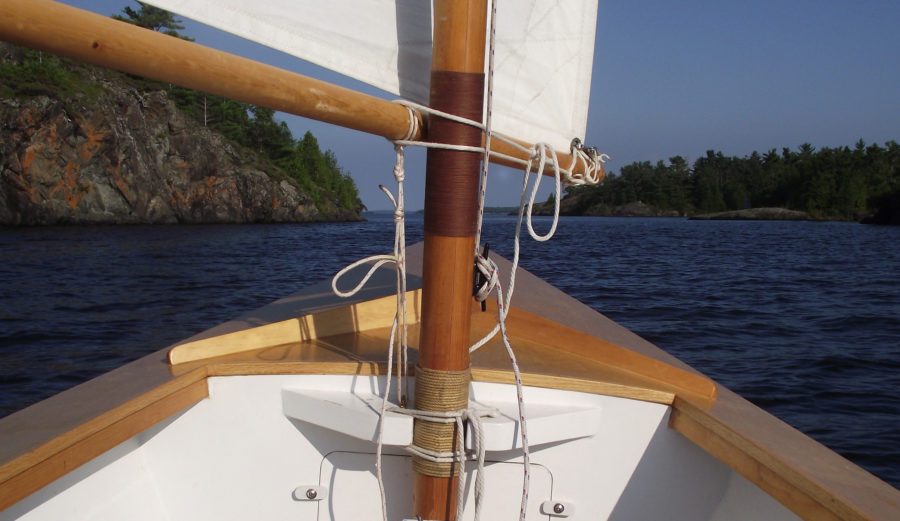
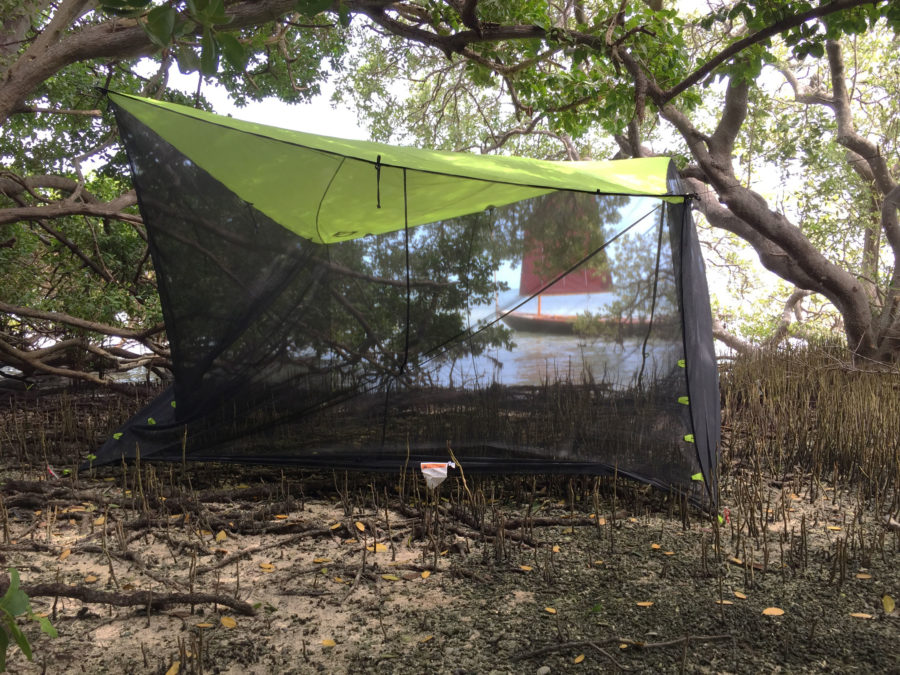
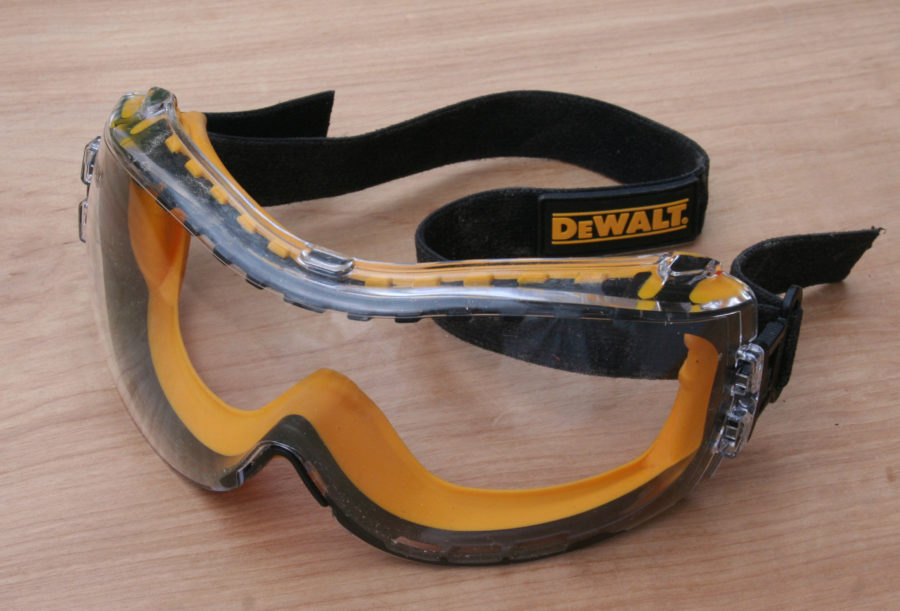
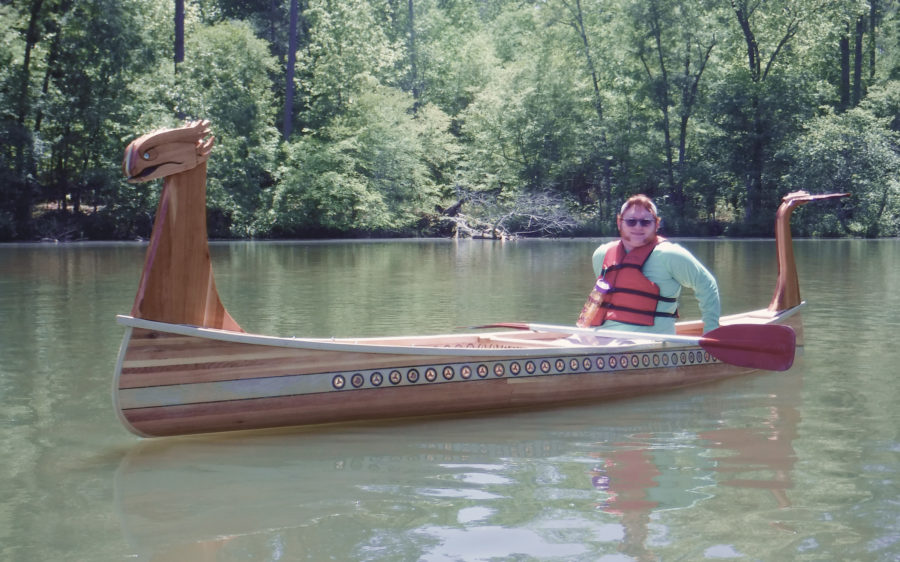
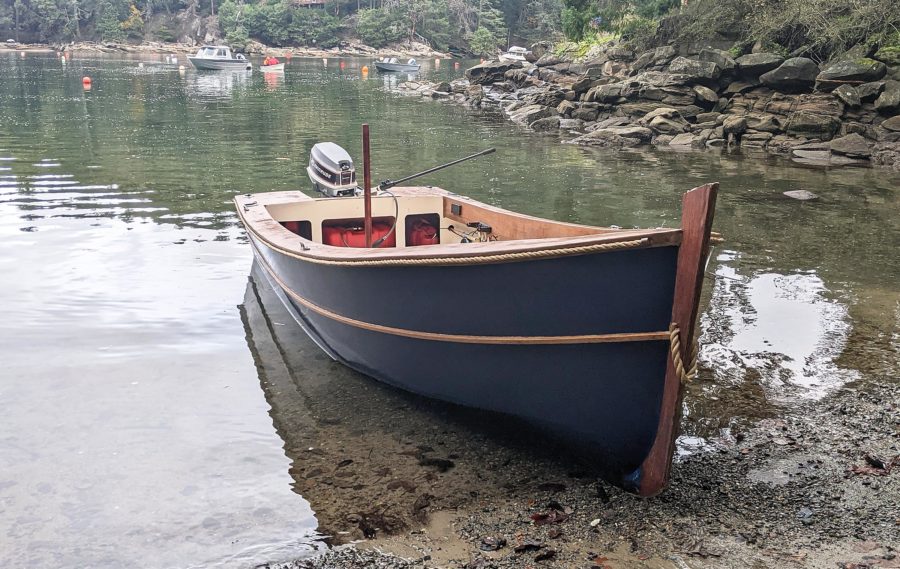
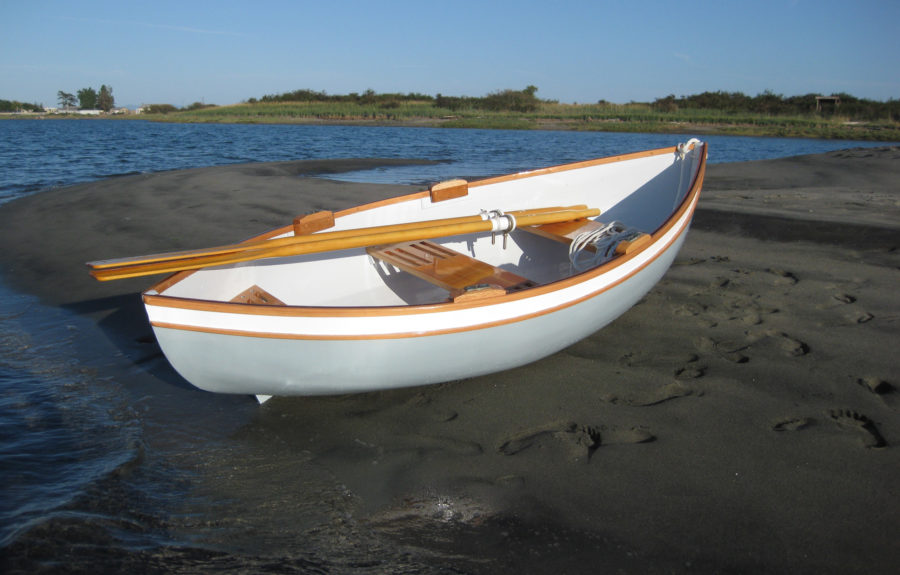
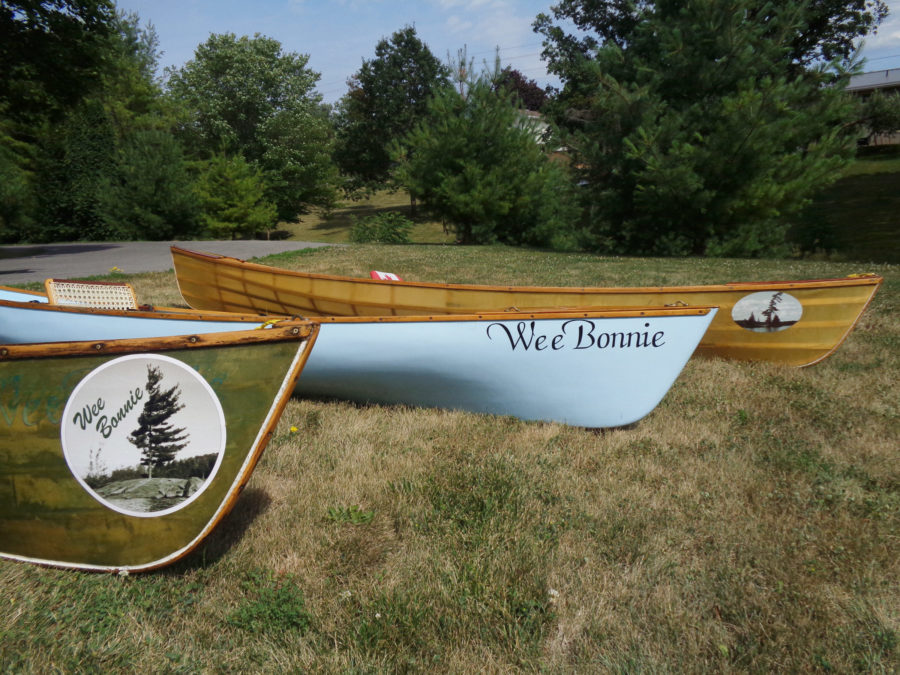
Beautiful boat. I would love to see pictures of your boatshop. That also looks well thought out and a great tool for woodworking.
Thanks for your request, Mark. I’ve added two photos from Lorenz. You raise a good point about a shop being a tool. Mine, I’m afraid, is in desperate need of sharpening.
Christopher Cunningham, Editor, Small Boats Monthly
I noticed that too! What a lovely woodshop.
I appreciated this article. This is a boat I have wanted to build for some time and for the same use that Lorenz and Shari had in mind: Newfoundland has so many ponds just begging to be paddled on a summer’s day. Many are not easily accessible, so light weight is a real advantage.
I have almost finished a new shop at my home in Flatrock and, after maintenance to my rodney boat and skiff before summer, I hope the Wee Rob to be my first project in the new building.